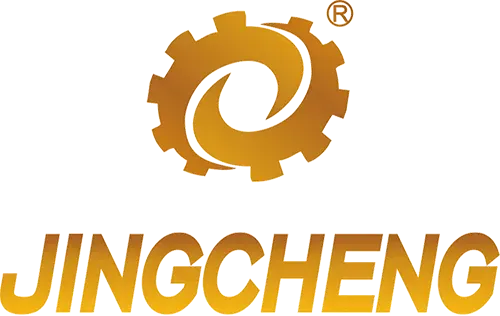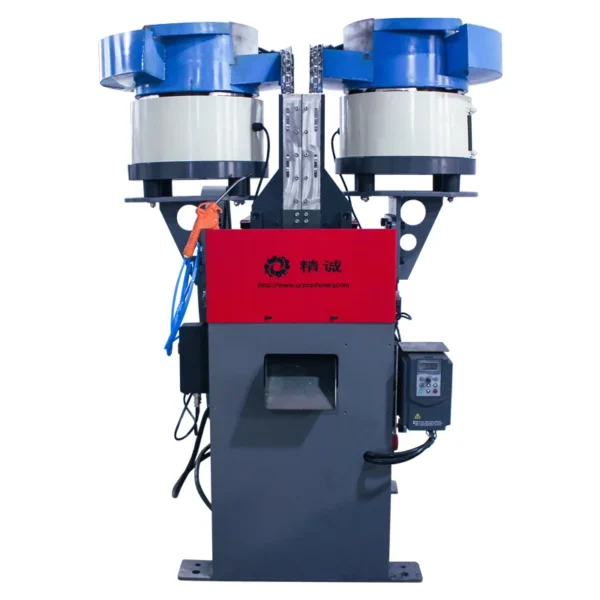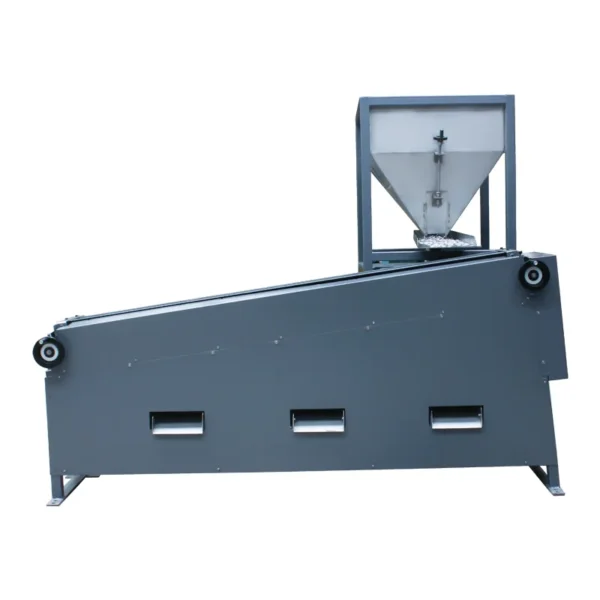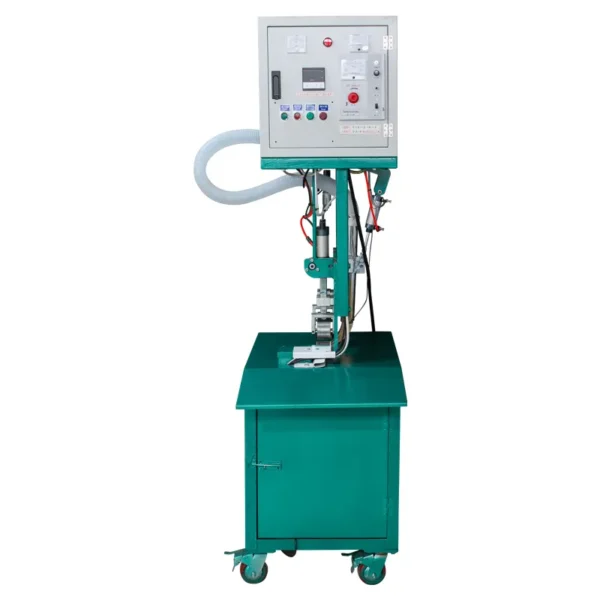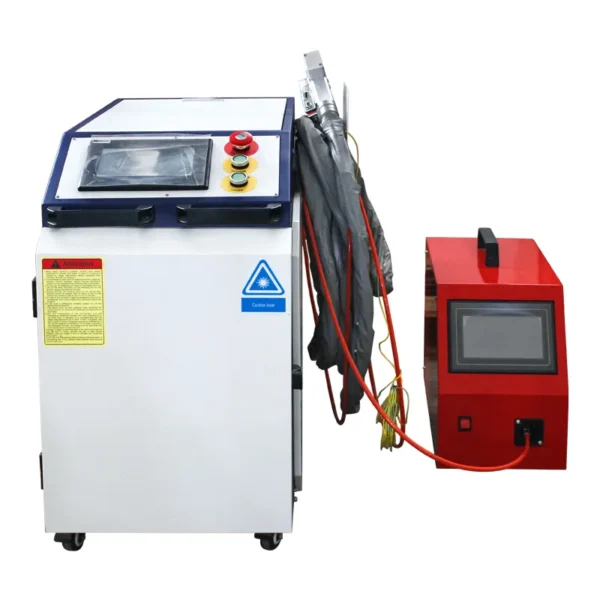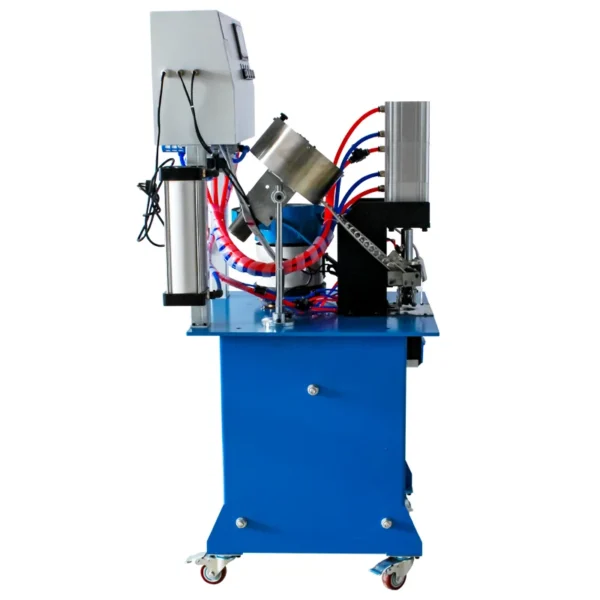Laser Marking Machines: Enhance Your Manufacturing Precision
Laser marking machines from our state-of-the-art manufacturing facility offer unparalleled precision and efficiency, providing high-speed, durable, and clear markings for a wide range of industrial applications.
Laser Marking Machine
Our laser marking machines are designed to deliver exceptional performance and reliability. Utilizing advanced laser technology, these machines can mark a wide range of materials, including metals, plastics, woods and leather, with unmatched accuracy and speed.
Ideal for industrial applications, they ensure permanent and legible markings, making them perfect for traceability, branding, and customization. With user-friendly interfaces and robust construction, our laser marking machines offer a seamless integration into any production line, enhancing efficiency and productivity.
Power supply: 220V, 50/60Hz
Laser power: 30W
Wavelength: 1064nm
Weight: 80Kg
Overall dimension: 800*600*1360mm
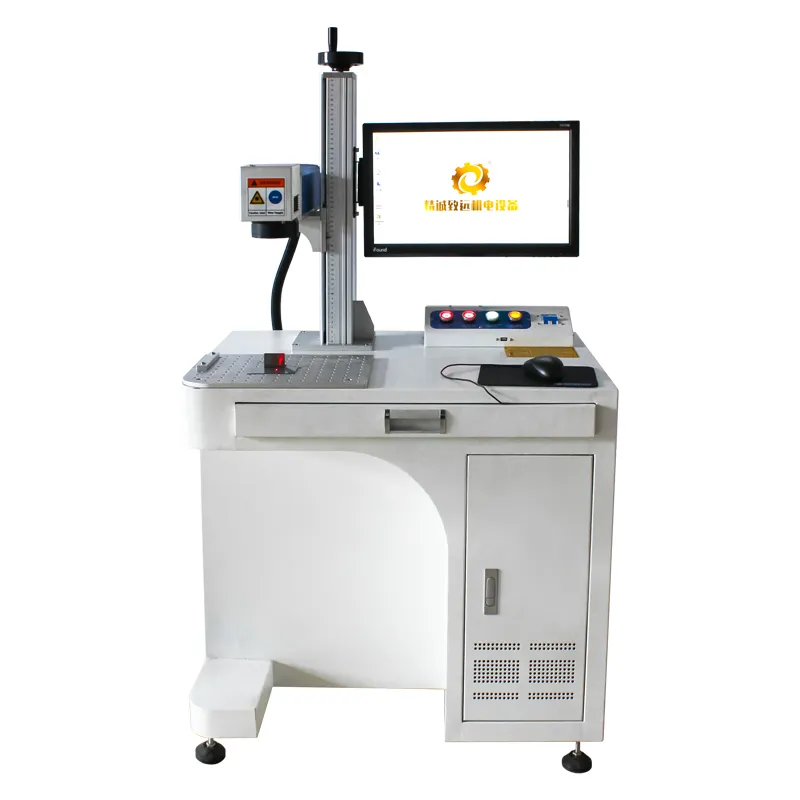
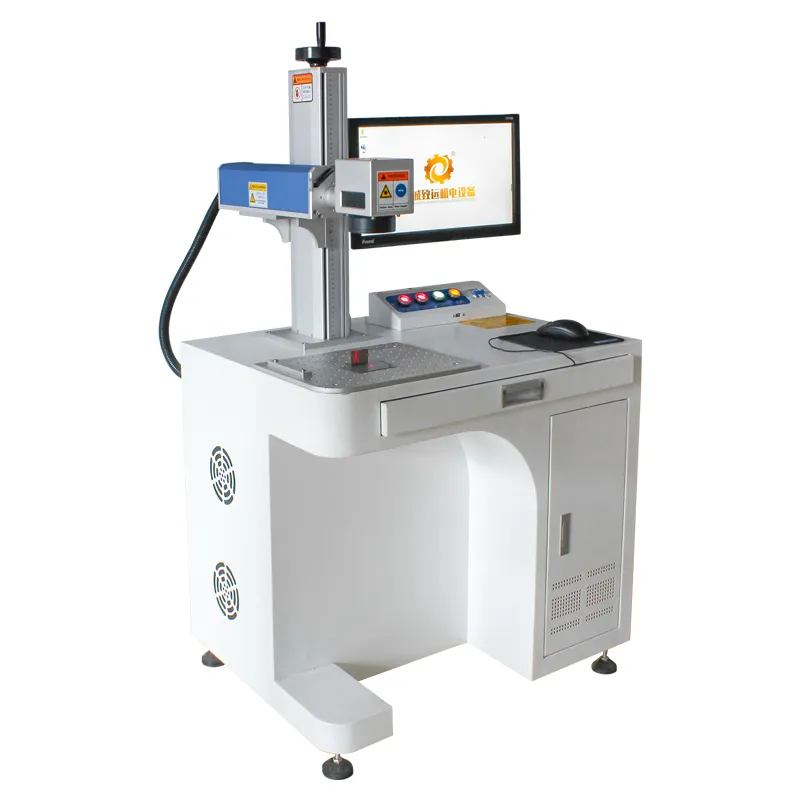
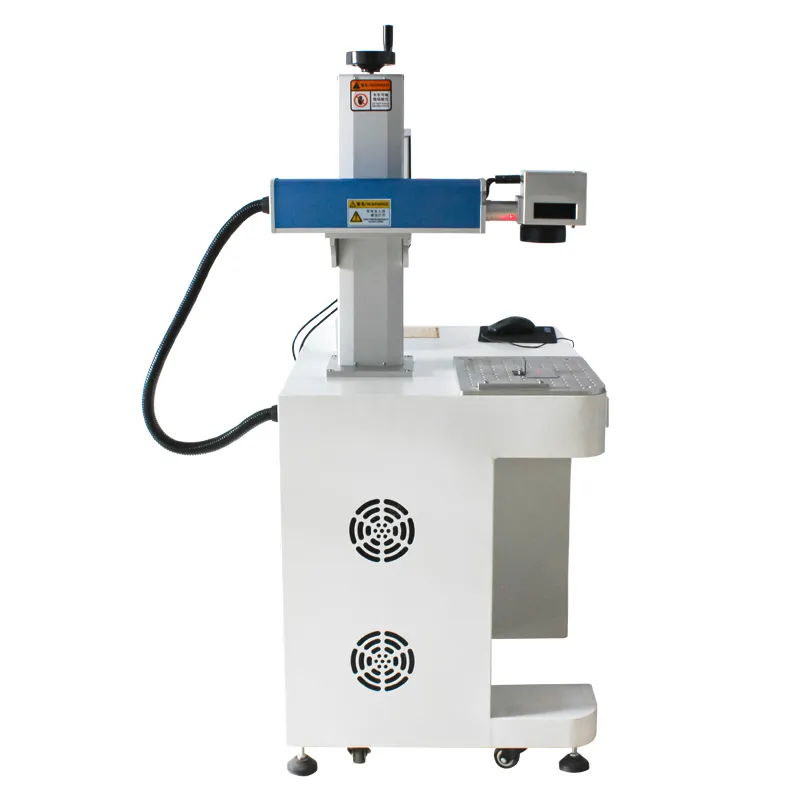
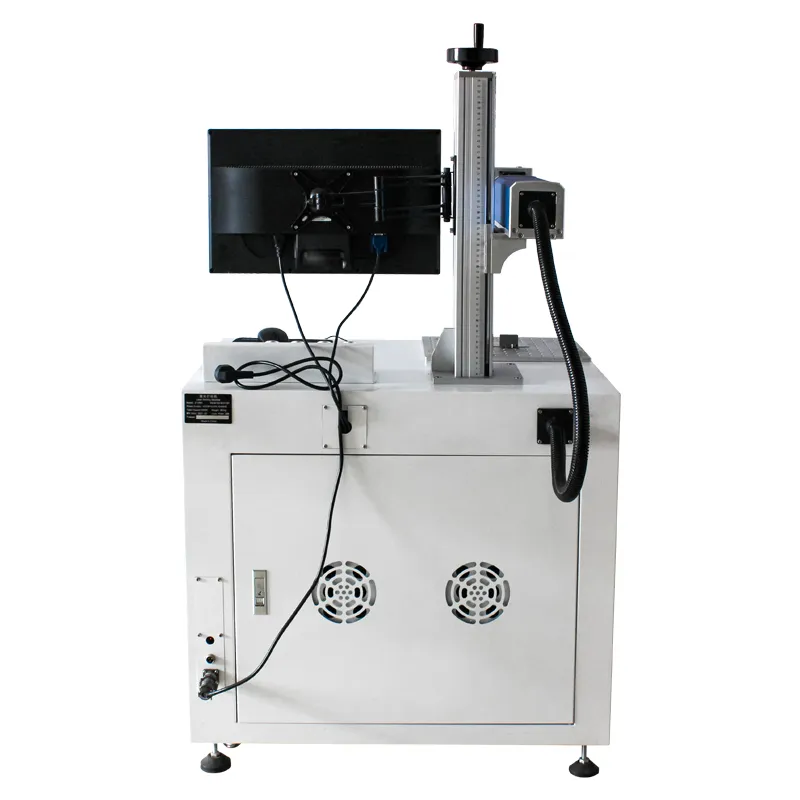
Types of Laser Marking Machines
Laser Marking Machines for Metal
Laser Marking Machine for Glass
Jewellery Laser Marking Machine
Laser Marking Machines for Leather
Laser Marking Machines for Plastic
Laser Marking Machines for Wood
Features of Laser Marking Machines
Achieve fine, detailed markings with exceptional accuracy, suitable for intricate designs and small text.
Rapid marking speeds without compromising quality, ensuring high productivity for your operations.
Intuitive controls and easy-to-use software make operation simple and efficient.
Capable of marking various materials, including metals, plastics, ceramics, and more, catering to diverse industrial needs.
Built to withstand demanding industrial environments, ensuring reliable performance and minimal downtime.
Flexible settings allow for tailored marking solutions to meet specific requirements and branding needs.
Application for Laser Marking Machines
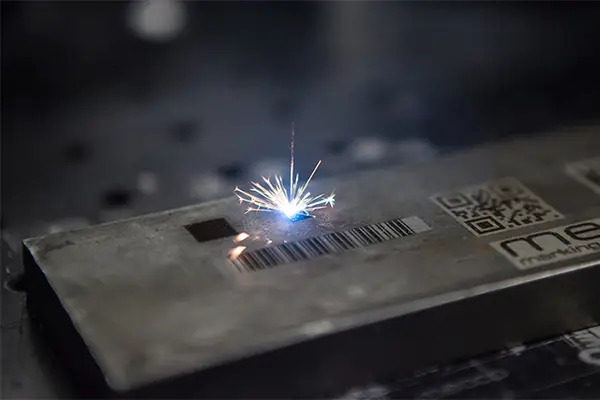
Part Identification: Marking car parts and components for traceability, such as VIN numbers, engine numbers, and other critical information.
Decorative Marking: Engraving decorative elements on interior components.
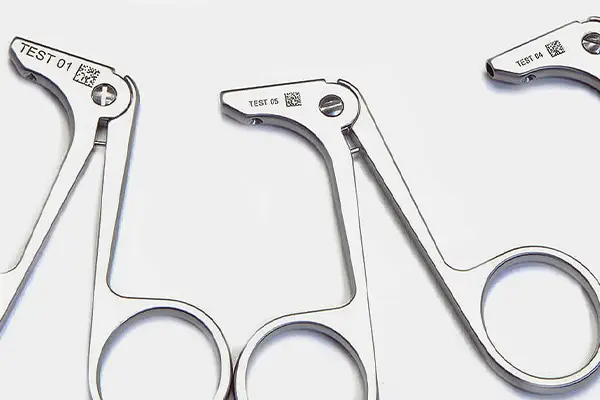
Traceability: Marking surgical instruments, medical implants, and other devices with unique identifiers and compliance information.
Sterility and Safety: Ensuring markings are sterile and biocompatible, often using laser techniques that do not compromise the material’s integrity.
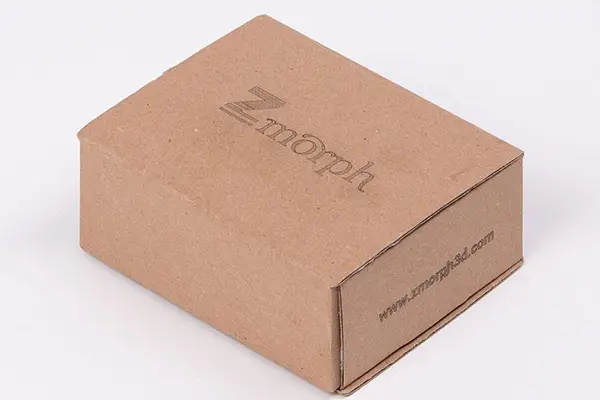
Product Information: Marking expiration dates, batch numbers, and barcodes on packaging.
Anti-counterfeiting: Creating unique, difficult-to-replicate markings to protect against counterfeit products.
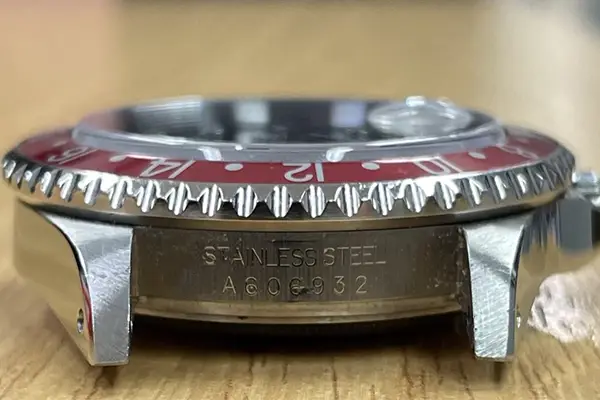
Personalization: Engraving personal messages, names, and dates on jewelry.
Branding: Marking logos and serial numbers on luxury watches and other high-value items.
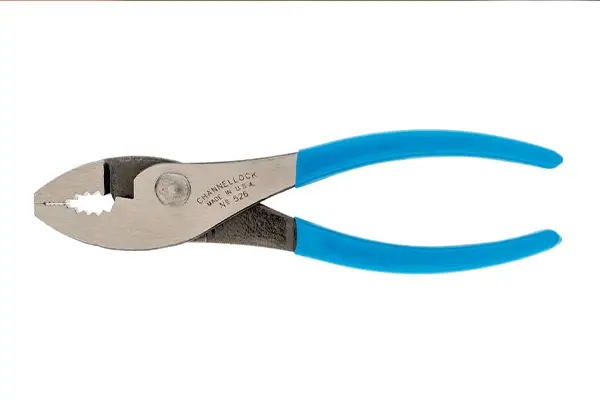
Tool Marking: Engraving identification numbers and specifications on tools and machinery.
Parts Marking: Marking machine parts and components for inventory management and quality control.

Branding: Engraving logos, brand names, and decorative elements on products such as mobile phones, laptops, and home appliances.
Personalization: Offering custom engraving services for personalized consumer goods.
Looking For Professional Laser Marking Machines?
We collaborate with people and brands. Let’s build something great together.
What is a Laser Marking Machine?
A laser marking machine is a device that uses a laser beam to create permanent markings on the surface of various materials. These markings can include text, logos, barcodes, serial numbers, and other graphics. Laser marking is a non-contact process that delivers high precision and durability, making it suitable for a wide range of industrial applications.
Here’s a closer look at its components, working principle, and applications:
Components of a Laser Marking Machine
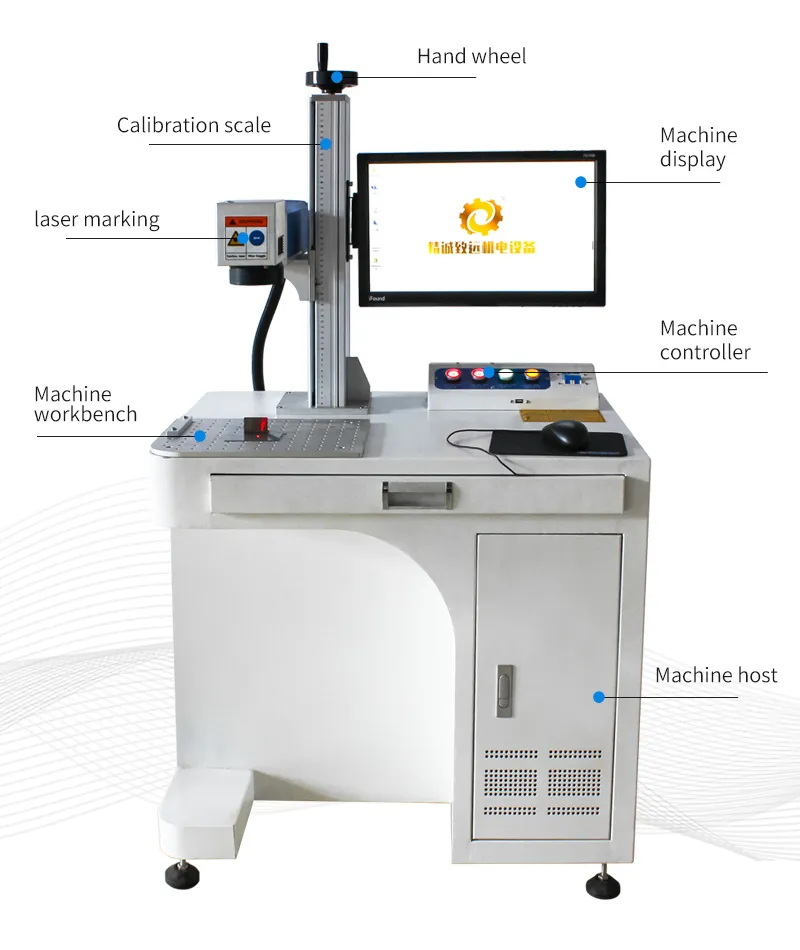
- Laser Source: The core component that generates the laser beam. Common types include fiber lasers, CO2 lasers, and UV lasers.
- Controller: Manages the laser’s operation and controls the marking process.
- Gantry or Galvo Head: Directs the laser beam to the marking surface. The gantry is used for large areas, while the galvo head is used for high-speed marking.
- Focusing Lens: Focuses the laser beam onto the marking surface.
- Work Surface: The area where the material to be marked is placed.
What is UV Laser Marking Machine?
A UV laser marking machine is a type of laser marking device that uses ultraviolet (UV) light to create marks on various materials. UV lasers typically operate at a wavelength of 355 nanometers, which is in the ultraviolet spectrum.
This shorter wavelength allows for more precise and finer marking compared to other types of lasers, making UV laser marking machines ideal for applications requiring high precision and minimal thermal damage.
What is CCD UV Laser Marking Machine?
A CCD UV laser marking machine combines the precision of UV laser marking technology with the capabilities of a CCD (Charge-Coupled Device) camera system. This integration enhances the machine’s ability to accurately position and verify markings, making it particularly useful for high-precision and quality-sensitive applications
How Laser Marking Machine Works?
A laser marking machine operates by emitting a concentrated beam of light, typically from a laser source like a fiber or CO2 laser. This beam is directed onto the surface of the material to be marked using a beam delivery system comprising mirrors and lenses.
The intense energy of the laser beam interacts with the material, causing localized heating or ablation, which alters the surface properties and creates the desired mark. The process is highly precise and can produce detailed markings without physically contacting the material.
The specific marking effect depends on factors such as the type of laser used, the material being marked, and the desired outcome. For example, a fiber laser is excellent for marking metals and plastics with high contrast and durability. CO2 lasers are suitable for organic materials like wood, paper, and certain plastics, creating clear and precise marks.
UV lasers are ideal for applications requiring fine details and minimal thermal impact, such as marking sensitive materials or producing high-resolution graphics. Overall, laser marking machines offer versatility, accuracy, and permanence in marking various materials for industrial, medical, automotive, and other applications.
How to Use Laser Marking Machine?
Step 1: Prepare the Machine:
Use computer-aided design (CAD) software or the machine’s control software to create or upload the desired marking design, such as text, logos, barcodes, or serial numbers.
Adjust the size, position, and orientation of the design as needed to fit the material and achieve the desired appearance.
Step 2: Set Marking Parameters:
Turn on the laser marking machine and ensure that all safety measures are in place, such as protective eyewear and proper ventilation.
Check the laser parameters and settings based on the material to be marked, including laser power, marking speed, and focal length.
Step 3: Prepare the Material:
Place the material to be marked on the work surface of the machine, ensuring it is securely positioned and flat for accurate marking.
Clean the surface of the material to remove any dust, debris, or contaminants that could affect the marking quality.
Step 4: Create the Marking Design:
Input the necessary marking parameters into the machine’s control software, including laser power, marking speed, pulse frequency, and marking depth.
Choose the appropriate laser mode (continuous wave or pulsed) based on the material and marking requirements.
Step 5: Execute the Marking:
Start the marking process using the control software or the machine’s interface, ensuring that the laser beam is accurately aligned with the marking area.
Monitor the marking progress to ensure consistent quality and adjust parameters if necessary to optimize the marking results.
Allow the machine to complete the marking process, which may vary in duration depending on the complexity and size of the design.
Step 6: Inspect and Validate:
After marking is complete, inspect the marked area to ensure the quality, clarity, and legibility of the markings.
Verify the accuracy of the markings by comparing them to the original design and checking for any errors or discrepancies.
Step 7: Post-Marking Finishing:
If required, perform post-marking processes such as cleaning, surface treatment, or protective coating to enhance the durability and aesthetics of the markings.
Remove the marked material from the machine and prepare it for further processing or use in the intended application.
